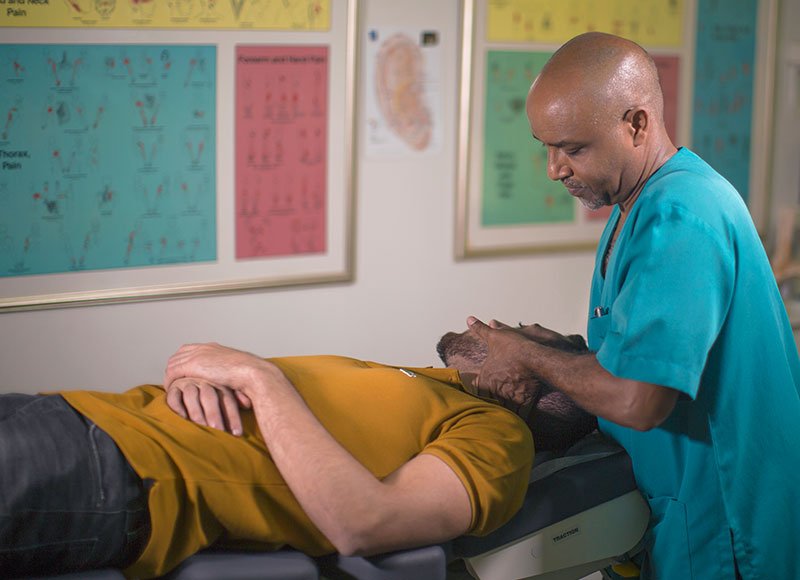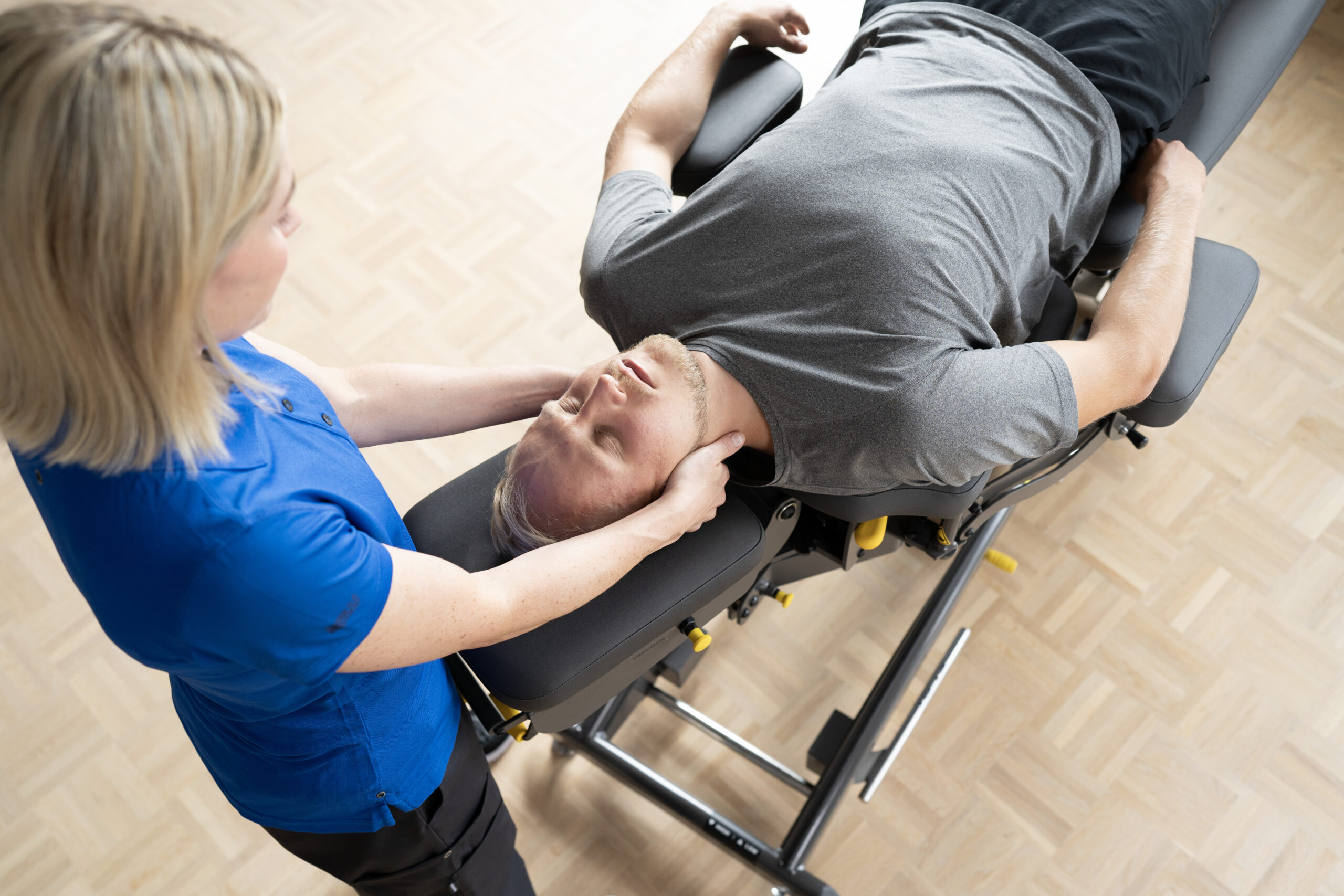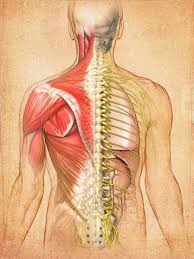Osteopathy
What is Osteopathy?
Osteopathy is an effective health care system which focuses on the musculoskeletal system and how it flows and inter-relates with the body as a whole system. As so the muscles, joints, ligaments and connective tissues work together in one strong and efficient system. Osteopaths utilize their hands to diagnose and treat the underlying cause of the problem. We take a holistic view; that the musculoskeletal system is important in maintaining the health of other parts of the body such as the respiratory and digestive systems. Poor health, pain and dysfunction may occur due to injury, work, stress, posture or perhaps disease. Osteopathy encourages the body to work together to its greatest potential, allowing the body to restore to its normal and most importantly; natural function.
What kinds of problems can Osteopathy help with?
Osteopaths study under the same strict guidelines as MDs (Medical Doctors) for many years, while including training to use techniques of manual therapy for treatments as well as in some parts of the world, licensed to give prescriptions. Here in Oman the DO (Doctor in Osteopathy) falls under a separate category than MDs, only recently recognized by the Ministry of Health, hard fought for by our very own Dr. Hakim Hassan. Therefore, there are some limitations that we must abide to as a clinic with our staff. We cannot prescribe pharmaceutical medications but we can recommend you natural treatments or natural supplements. Our team of dedicated staff are trained to diagnose certain problems here at the clinic but we will also refer you to other MDs or specialists if we know we need a second opinion or if your case is beyond manual medicine. Along with referrals for MRI and X-ray, we are here to take care of you. There is a wide variety of problems in which Osteopathy can help with, for example;

- Repetitive strain injury
- Postural problems caused by driving, desk work strain or scoliosis,
- Pain of arthritis
- Post-op rehabilitation
- Sports injuries
- Pain related to pregnancy such as sciatica, back pain, nausea and vomiting etc.
- Children with glue ear, flat head syndrome, TMJ
- and many, many more issues.
Pediatric Osteopathy
- Misshapen skull
- Head and neck; restriction of movement
- ENT disorder (ear, nose and throat)
- Digestive issues such as difficulties feeding, suction discomfort, constipation or diarrhea, reflux, colic pain
- Difficulties sleeping
- Irritability
- Any asymmetric aspect of the body
Proper functioning of the body mechanics through the muscular system is treated to keep everything in range during this crucial developmental period of the patient.
Pediatric Osteopathy is where preventive medicine is at its best. This soft approach to infant healthcare is normally painless for the child and is much different from the techniques used on adults- it requires specific training for their delicate growing systems- from the womb, to the outside world, the infant goes through many different changes. Whether through delivery or C-section, the stress on the baby’s body is considerable. This can impact the shape of the skull like plagiocephaly (misshape of the skull), the nervous system being put under high pressure, the breathing system, digestive system etc… The Baby’s nervous system and digestive system continue to be formed mostly in the first six months and it is recommended to have a good Osteopathic follow up to ensure a healthy development thereof. The most common consultation motives that bring new-born babies and toddlers to see an Osteopath are:

What can I expect when I visit an Osteopath?
When you visit an Osteopath for the first time, a full case history will be taken including the details of your present problems, your past medical history and health in general. You may be asked to remove some of your outer-most clothing as appropriate so that a correct examination can be carried out. The examination involves a simple series of movements to identify areas of dysfunction. Palpation will identify any points of weakness or excessive strain throughout the body. Other tests such as neurological testing, blood pressure, x-ray or MRI investigations may be arranged if and where required. The assessment will consider lifestyle factors such as work and leisure to enable a full diagnosis and a development of the treatment plan. Following treatment, advice will be given on what you may be able to do to help yourself and how you can minimize the risk of further injury. This examination procedure is not time consuming and in most cases treatment will begin during your first session.
What does the treatment involve?
Osteopaths work with their hands, using a wide variety of techniques to suit the patient and the problem in which they have. These may include soft tissue techniques, rhythmic passive joint mobilization or high velocity thrust techniques designed to improve mobility and the range of movement of a joint. Gentle release techniques are widely used, particularly when treating children or elderly patients. This allows the body to return to normal function with full efficiency.

Cranial Osteopathy
Unlike what its name suggests, Cranial Osteopathy is not all about the head. Although the head does play a pivotal role in the development of this form of Osteopathy. Typically Cranial Osteopathy involves gentle and relaxing techniques that may be applied to any part of the body. The amounts of pressure employed are usually very subtle at first glance, but work on a deep level.
Visceral Osteopathy
Visceral Osteopathy involves the examination and treatment of internal organs. This form of Osteopathy is leaning partially on traditional Chinese medicine with regard to the belief that the functioning of inner organs is reflected throughout the whole body. Thus, a visceral approach might include treatment of the organs to help relieve pain elsewhere in the body (referred pain).
How many treatments will I need?
Osteopathy is patient-concentrated, therefore the treatment is geared for you as an individual. The therapist should be able to give you an indication after your first visit. As a guide, for some acute pain, one or two treatments may be all that is necessary. Chronic conditions may need on-going maintenance treatment (an average of 6 – 8 sessions), however it can vary form case to case.
Osteopathy Compared to Other Medical Professions
Classical Medicine
Modern day medicine advances and develops on a daily basis with considerable new technological breakthroughs. We are able to diagnose and treat problems sooner and more effectively than ever before. The treatment however is based on looking at an illness symptomatically. Modern Osteopathic medicine looks at structure and function from a macroscopic point of view and therefore we are able to help many patients where the standard medical etiology of the complaint is not clear. We look at patients and ailments through different lenses, giving us another vision on functionality. As classical medicine works from cellular model and Osteopathy from a macroscopic model, these two forms of medicine do not have to compete with each other. They are not an alternative to each other but rather complementary to one another.
Chiropractic
Chiropractic therapy originated from Osteopathy. The greatest difference between Osteopathy and Chiropractic therapy is that the latter concentrates on the axial skeleton or spinal system when treating patients, while Osteopathy goes further and treats all the other systems of the body inclusively.
Physiotherapy
Call Us Today for Expert Assistance!
From everyday aches to complex conditions, our experts address a wide range of issues
